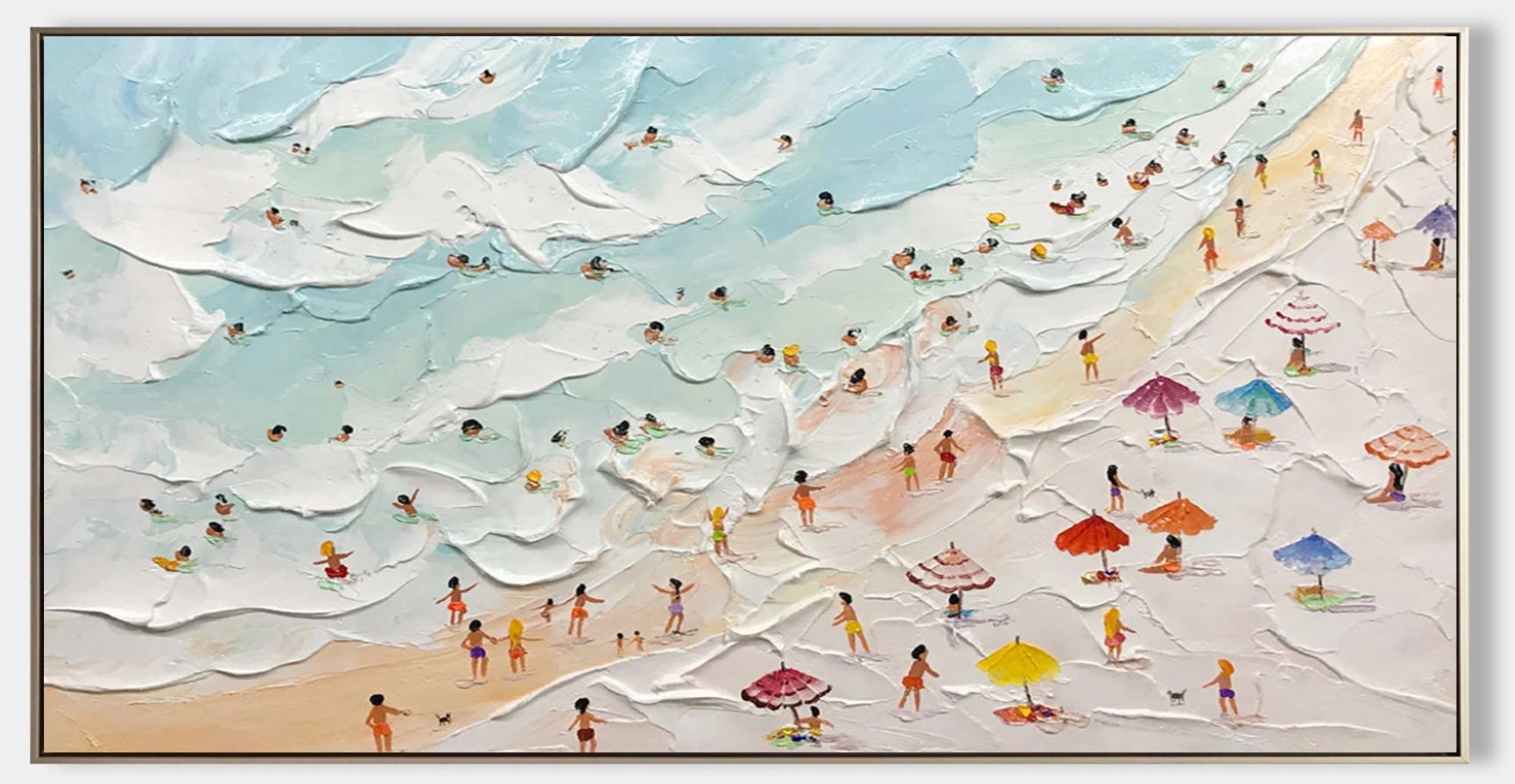Intro: Real Beauty Isn’t Perfect
We often think art has to be flawless. But the Wabi-Sabi approach flips that idea completely. Especially in flower painting, imperfection adds life and soul to your canvas.
1. Starting Loose with Your Sketch
Don’t outline every petal. Just hint at the shape with soft gestures. Let spontaneity lead. A quick, loose underdrawing helps keep the final painting fluid.
2. Natural Colors and Faded Tones
Use oils like ochre, earthy greens, dusty pinks, or grays. These muted shades reflect nature and the passage of time—two key elements of wabi-sabi.
3. Textured Layers and Scratches
Apply thick paint with a palette knife, then scrape a bit off. Let brush hairs show. Even smudges work in your favor. The idea is to make the painting feel lived-in.
4. The Role of Negative Space
Don’t overfill your canvas. Allow room for breathing. Empty areas create a sense of calm that pairs well with the emotional depth of your flowers.
5. Why Wabi-Sabi Feels Good
There’s a strange peace that comes from this style. No pressure to be precise. Just you, your flower, and the imperfect magic of the moment.
